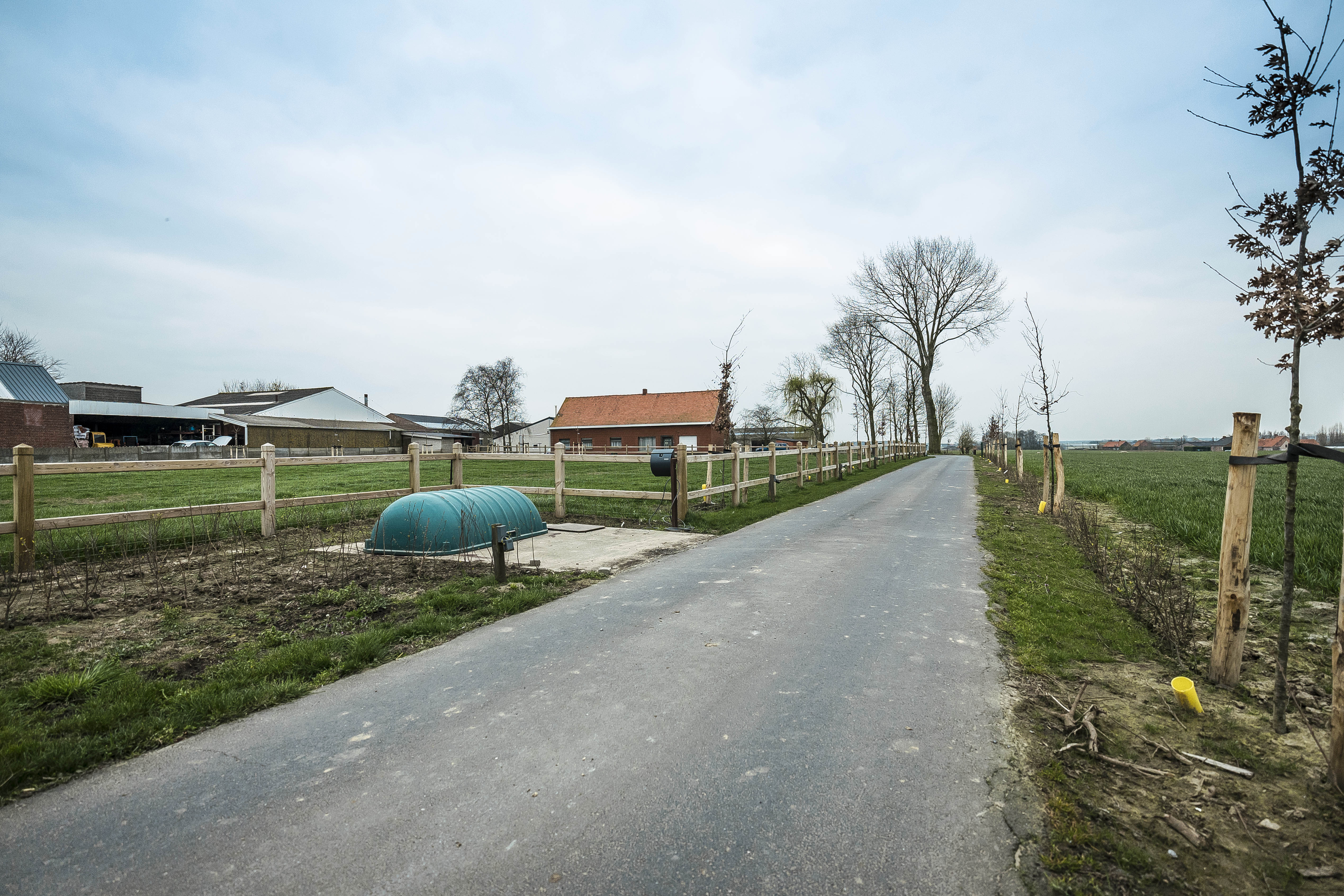
Carcass disposal
Large carcasses ( > 25 kg) should be removed from the building as quickly as possible and placed in the carcass disposal bin. Carcasses must not be dragged along the ground, but should be taken away in a clean wheelbarrow. The carcass disposal bin should be big enough and built in such a way that birds, rats, dogs, cats and other animals can’t get at the carcass.
For small destruction material that is collected in carcass drums, you need to set up a carcass cold store. Carcass drums should not be filled more than ¾ full and must be sealed off from the environment.
The carcass store should be big enough to accommodate the farm’s normal level of mortality. It should be hygienic, asphalted and easy to clean. The carcass collection service should be notified as soon as possible. The carcass bin should be located in an area where the collection service can assess it easily and without them having to come into the yard.
If an intensified regime is in force on the farm, the carcass store and the tools and equipment used must be cleaned and disinfected every time it’s used.

Waste
Special legislative requirements also apply to the removal of other types of waste. Hazardous objects, such as used needles and knives, are collected in sealed containers which should be placed strategically all over the farm. These should be destroyed in compliance with national legislation.
Empty bottles and phials can also be a danger for the outside world if they are not destroyed in the right way. These may never be rinsed, so as to prevent direct contamination to the environment.